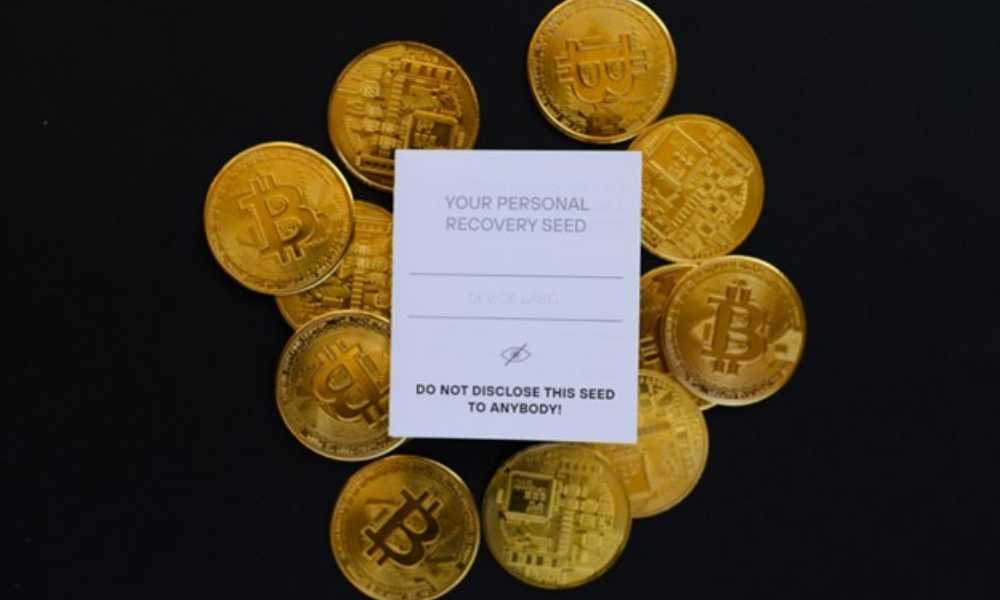Undeniably, the entry of cryptocurrency into the financial market has revolutionized various transactions to the benefit of consumers. The once-complicated process of the banking system has been streamlined by blockchain technology. This is what operates the crypto network, recording all transactions in the given platform.
With its growing popularity and adoption, even central banks felt threatened to push themselves to create digital money. In order to compete with its growth and avoid lagging behind, there are financial institutions that have integrated virtual currency into their business models.
As to what the future may look like for the crypto industry, it remains uncertain. But there are trends and developments that usually serve as a guide for everyone to predict what lies ahead. For instance, by using a crypto regulatory sandbox, the government and companies can test whether new cryptocurrencies have the potential for adoption. Such a testing tool can be used for implementing necessary regulations, too.
It’s not a new term in the industry, but this is often overlooked because most users are focused on trading rules and strategies. The truth is a regulatory sandbox is quite helpful as far as the crypto market’s growth is concerned. Let’s learn more about this concept in this article.
What’s the Purpose of a Regulatory Sandbox?

Not all cryptos are viable for broader adoption. To confirm that they are ready for their intended purpose, governments and companies are utilizing a regulatory sandbox. This is where the cryptos’ technology and offerings are tested to ensure regulatory compliance and check security features for financial operations. Cryptocurrencies and blockchain networks are the main subjects of this testing.
More commonly, a sandbox is used in software development. It is generally an isolated but fully functional testing environment where software, programs, and applications are examined. For instance, when a programmer invents a new code, they may utilize a sandbox to test the output. If the testing finds any errors or weak areas, the functionality may be further enhanced before the new device is launched in the market.
Regulatory sandboxes have entered the realm of cryptocurrency because the technology is prone to hacks and scams. For years, this has been the issue that developers have been trying to end. Even state regulators have been involved in tightening cyber security measures to protect consumers.
Thankfully, there are now financial regulators that offer authorized businesses the opportunity to test their blockchain products. For example, there is a regulatory sandbox in the United States that aims to encourage the development of cryptos and blockchain technology. Other countries like Spain are also taking the same initiative.
The Bigger Picture in the Financial Sector
Improving customers’ experience has always been the goal of financial technologies. And within fintech, the cryptocurrency space is one of the most crowded fields, with innovative solutions springing up left and right on a daily basis.
As the crypto tech platform Immediate Edge notes, “thanks to the latest technology, almost anyone, no matter education, background or income level, will be able to benefit from the fantastic opportunities the cryptocurrency market has to offer.” Indeed, opportunities to simplify each step of our financial interactions exist in crypto, but their safety is still to be determined.
In this regard, sandboxes are important to ensure that financial products meet the required standards. Normally, the assessment revolves around such common services as transferring money, access to one’s account and client information, automated processes, and online loan and credit card applications.
Under compliance scrutiny, fintech functions include monetary transactions, payments, lending, insurance, and trading, which are processed through straight-through processing (STP) technology. Authorities ought to balance digital innovation and consumer protection. That is why a regulatory sandbox is adopted for this purpose.
With the regulatory sandbox, businesses could test their innovative products, business models, services, and delivery mechanisms in the actual market on a trial basis. It also helps in reducing the time to market at a lower cost, thereby improving access to capital and ensuring proper compliance with specific requirements. The tool also allows room for direct communication between developers, businesses, and regulators while minimizing the risks of unintended consequences such as security lapses.
How a Regulatory Sandbox Works
Testing financial technology in a regulatory sandbox involves a collaborative effort to create and improve the existing regulations for a specific industry. The regulatory agencies and companies are working together to achieve the desired end. In the crypto industry, for example, regulatory sandboxes can help new projects understand the regulatory requirements in their country of operation. In other words, the testing environment helps to determine the proper regulations concerning the technology and build a network of cooperation among players.
In a broader context, there are sandboxes that are wider in scope, while others have specific targets. The latter may include creating testing environments for streamlining payment systems and developing digital authentication to prevent hacking, fraud, and cyber attacks. However, beyond product features and functionality, a sandbox also considers security aspects throughout the process.
Looking at the Future of Regulatory Sandboxes

Check out: Crypto Crash Continues: BTC’s Value Declining Rapidly
There’s a high probability that the number of crypto sandboxes will increase in the coming years as more companies and governments explore the potential of cryptocurrency and the blockchain technology behind it. But this is not definite as the findings from existing sandboxes are pending confirmation and implementation.
Likewise, the large investment in blockchain technology is not yet a signal that the cryptocurrency being traded in one platform will be used in other networks.
Final Thoughts
As illustrated above, there are more pros than cons, if there are any, to using a regulatory sandbox. The testing process and the outcomes would further improve the technology being developed. This applies in the context of cryptocurrency and blockchain technology. There are new coins that are being developed, and once they get a go-signal, this could lead to the expansion of the market.
There are now over 6,000 cryptocurrencies in circulation. Some of these tokens have already established a good reputation in the industry. For instance, Bitcoin and Ethereum have become dominant over other choices. Prospective investors and traders would commonly prefer stable and popular coins because they can be more secure and profitable.
Nevertheless, other options that are entering the industry can never be underestimated. Most of these newcomers have been developed to address the needs that the pioneers in the market had failed to provide for among consumers. As you explore your choices one day, it would help to delve a little deeper into whether they meet the standards of the industry. That’s where the regulatory sandbox might help a lot.
Check out: HOW to Use a Crypto Calculator?

